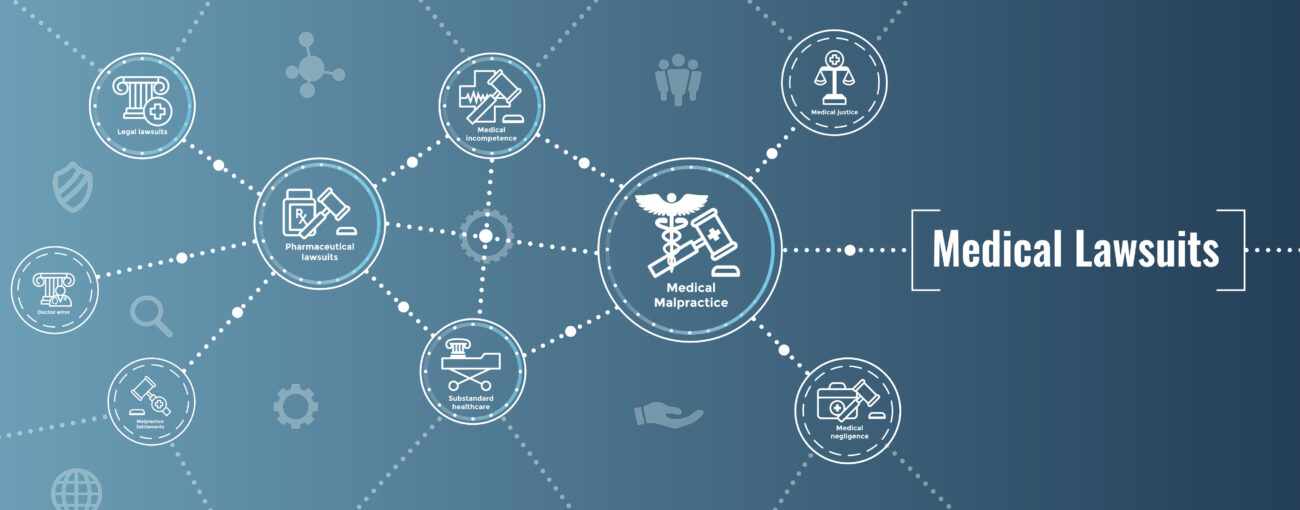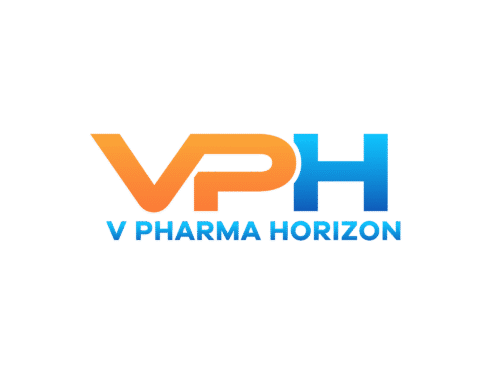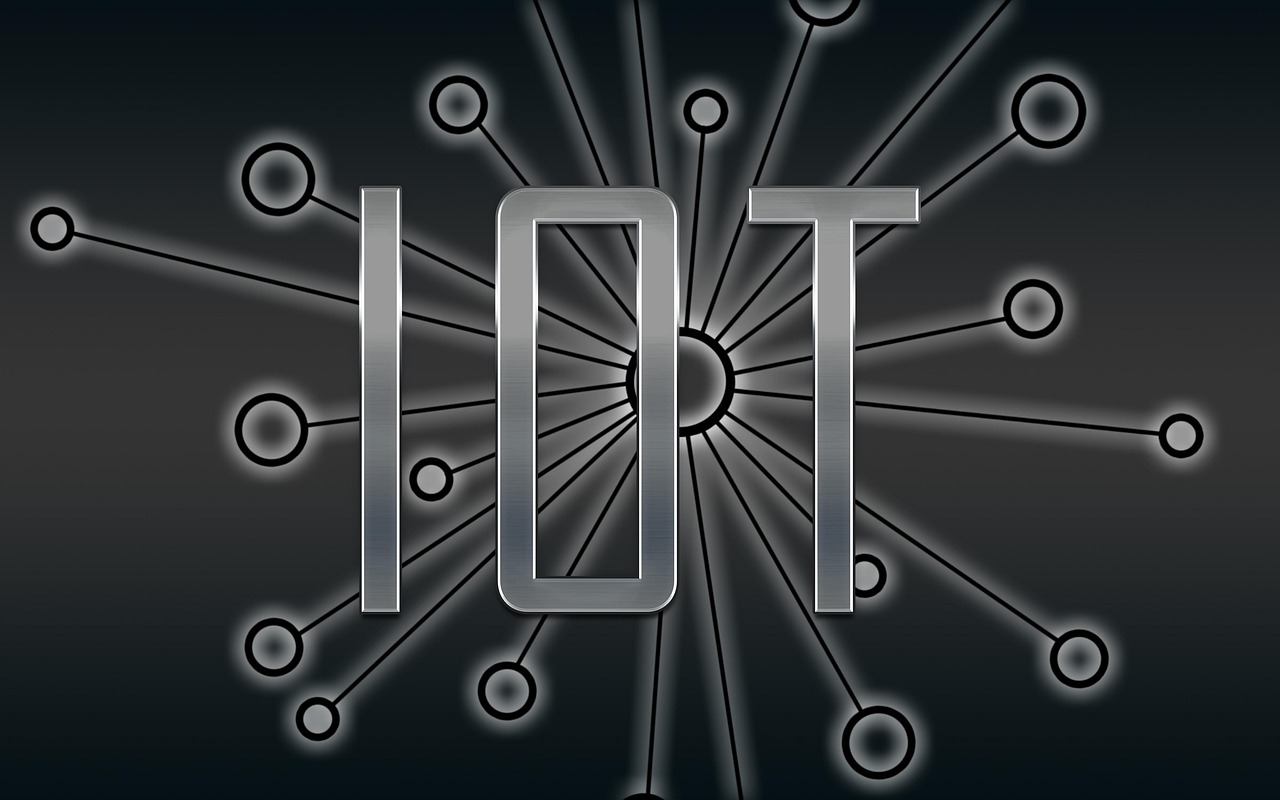Regulatory Trends Shaping Pharma Packaging in Global Markets
Pharmaceutical packaging, once viewed primarily as a protective layer, has evolved into a crucial component in ensuring patient safety, regulatory compliance, and supply chain transparency. As global pharmaceutical markets expand and diversify, regulatory bodies across

Pharmaceutical packaging, once viewed primarily as a protective layer, has evolved into a crucial component in ensuring patient safety, regulatory compliance, and supply chain transparency. As global pharmaceutical markets expand and diversify, regulatory bodies across regions are tightening controls and redefining standards. The resulting regulatory trends are transforming how pharmaceutical companies design, label, and distribute their products worldwide.
1. Serialization and Track-and-Trace Systems
One of the most transformative global trends is the requirement for serialization and traceability. Regulatory agencies such as the U.S. FDA (under the Drug Supply Chain Security Act), the EU (via the Falsified Medicines Directive), and emerging markets like India and Brazil are mandating unique identifiers on pharmaceutical packaging. These systems help combat counterfeit drugs by enabling supply chain stakeholders to verify product authenticity in real time.
Global harmonization of serialization formats, however, remains a challenge. Companies must navigate multiple data standards and regulatory requirements, pushing the industry toward adopting interoperable track-and-trace technologies that can support compliance across diverse markets.
2. Sustainability and Eco-Friendly Compliance
Environmental regulations are increasingly influencing pharma packaging decisions. The European Green Deal and similar regional initiatives are pressuring pharmaceutical companies to reduce plastic use, switch to recyclable or biodegradable materials, and design packaging with minimal environmental impact.
In response, regulators are beginning to incorporate sustainability into compliance frameworks. For example, certain EU countries require recyclability assessments for pharma packaging, while Health Canada is exploring lifecycle analysis as part of product approval. Companies that fail to adapt may face delayed market access or penalties.
3. Digital Integration and Smart Packaging
Digitalization is reshaping packaging as a tool for communication and compliance. Regulatory bodies are beginning to support or mandate the use of digital tools such as QR codes, e-leaflets, and smart labels to supplement or replace printed materials. The European Medicines Agency (EMA) and several Asian regulators are piloting electronic product information (ePI) systems to provide patients with up-to-date, language-specific data through smartphones.
This shift requires robust data governance and cybersecurity practices, as regulators are placing increasing emphasis on data integrity and access control. Pharma companies must ensure that digital packaging components meet privacy regulations like GDPR and HIPAA.
4. Child-Resistant and Senior-Friendly Mandates
Ensuring packaging is both child-resistant and senior-friendly is an ongoing regulatory focus, especially in developed markets. The U.S. Consumer Product Safety Commission (CPSC) and the EU’s Packaging and Packaging Waste Directive mandate safety features such as push-and-turn caps, blister pack resistance, and tactile warnings for visually impaired users.
Emerging markets are also catching up with these standards, raising the bar for global packaging design. Companies must now balance accessibility, regulatory compliance, and cost-efficiency across all product lines.
5. Tamper-Evidence and Anti-Counterfeit Measures
Tamper-evident features are becoming a global requirement as regulators attempt to secure the integrity of drug products. In addition to serialization, features like holographic seals, security inks, and breakable caps are gaining regulatory traction. In the EU and U.S., such measures are already mandatory for most prescription medications.
Asian and Latin American markets are adopting similar guidelines, increasing demand for packaging innovation. Manufacturers are investing in covert and overt authentication features, such as invisible barcodes and digital watermarks, to stay compliant and protect consumers.
6. Harmonization Through ICH and PIC/S Collaboration
Regulatory harmonization efforts, particularly through organizations like the International Council for Harmonisation (ICH) and the Pharmaceutical Inspection Co-operation Scheme (PIC/S), are streamlining packaging requirements across regions. These bodies are working to unify technical standards, inspection procedures, and risk-based approaches to packaging validation.
This trend is especially beneficial for multinational pharmaceutical companies, as it reduces redundancies and accelerates product launches in multiple countries. However, compliance requires continuous monitoring of shifting guidelines and proactive alignment with global best practices.
Pharma packaging is no longer a backend process—it’s a strategic pillar influenced by fast-evolving regulatory landscapes. As governments prioritize patient safety, sustainability, and supply chain security, pharmaceutical companies must embrace innovation, digital tools, and cross-border compliance expertise. Staying ahead of regulatory trends is no longer optional; it’s essential for operational success and global market access in the modern pharma ecosystem.






